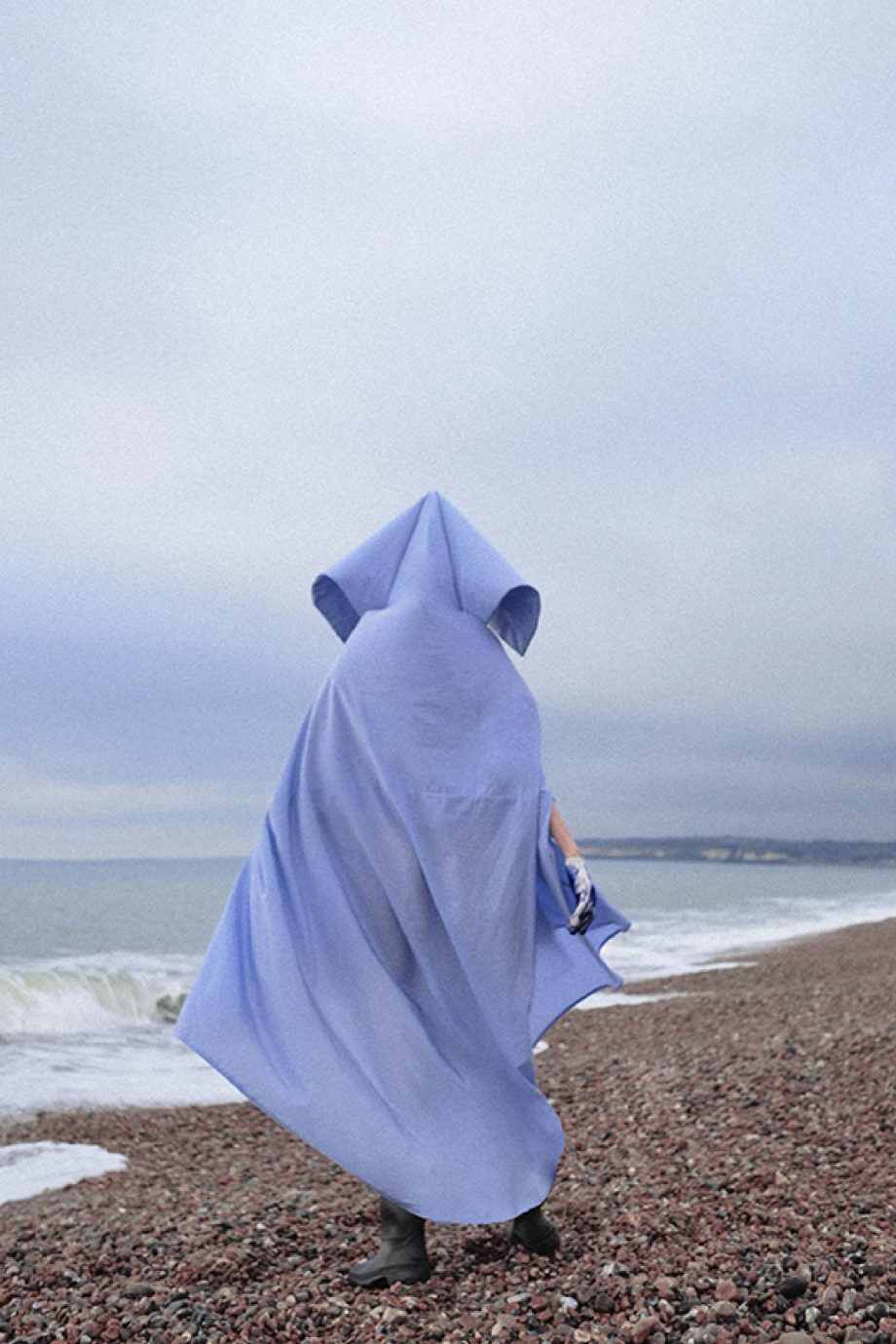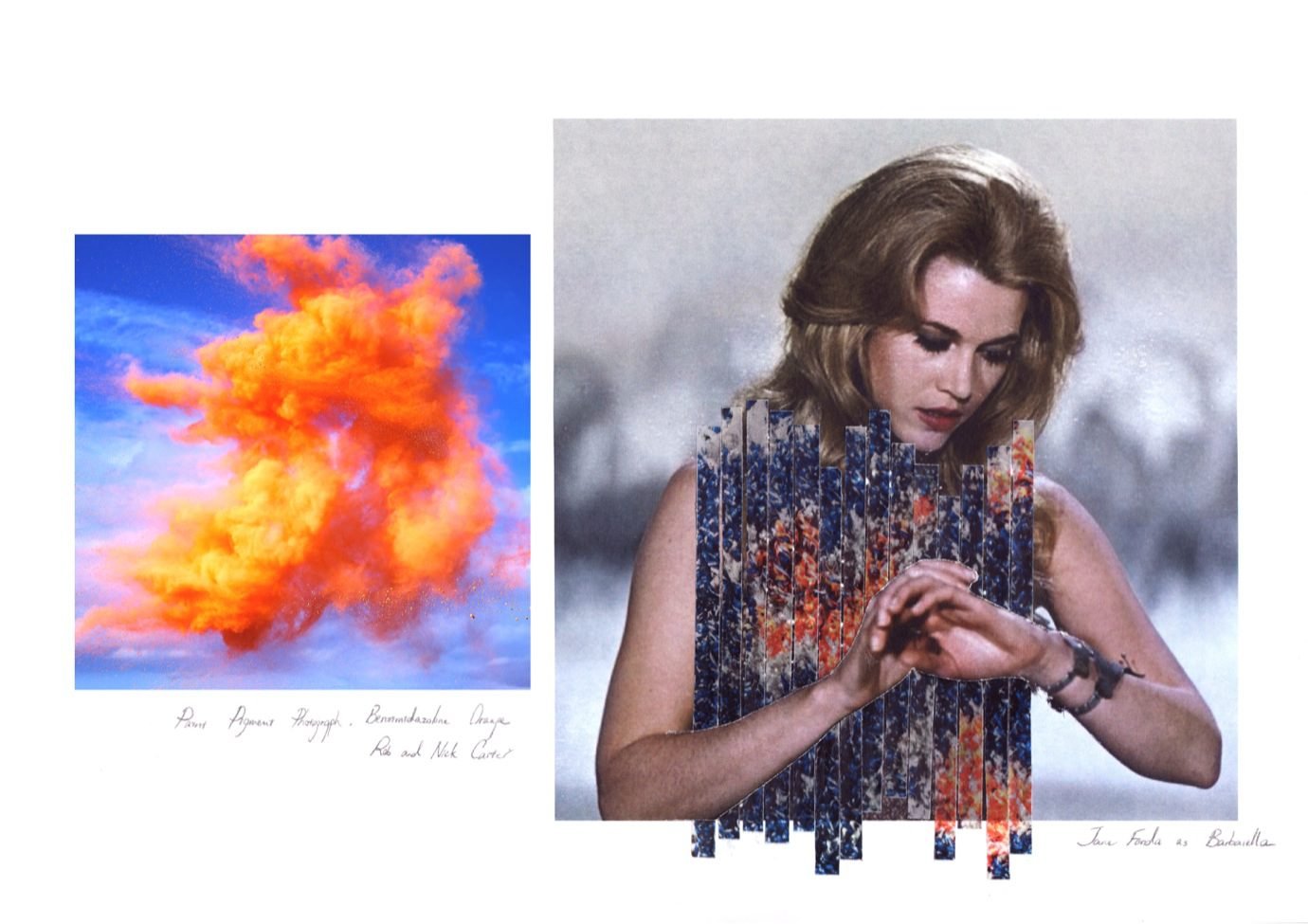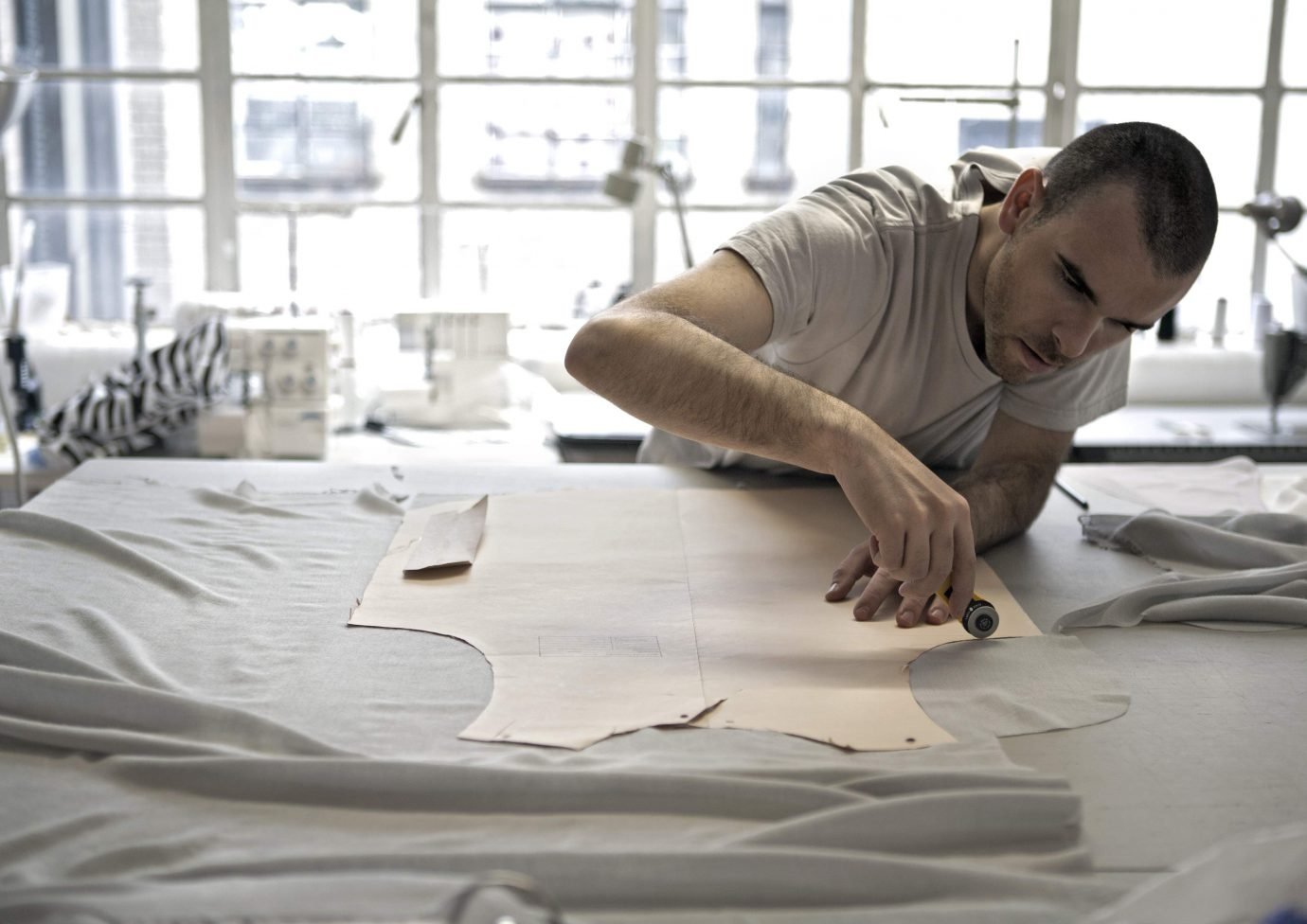What does it mean to be a child, blissfully ignorant about our place in the world? For Dahee Kim, the innocence is something quite remarkable and something that ought to be treasured; where children can think and act how they want, unaware of their surroundings, living in their own fantasy. With that, comes the feeling of escapism from reality, which for Kim, growing up in Korea, meant escaping from those that labelled her as a ‘weirdo.’ “It’s because there’s been a lot of conflict with the idea of groupism in Korea since childhood,” she explains of the labelling culture. “Opinions would be based on groups, judged from right to wrong, rather than the individual. I have a lot of complaints about this structure and while people all agreed, they all said it was inevitable.” But rather than fester in silence, Kim decided to use her BA collection at Central Saint Martins to propel the very changes she wished to see. She took to raising awareness on the importance of self-expression in a bid to topple the unwritten rules of her schooling that chastised and ridiculed individuality.
Dahee Kim on abandoning the rulebooks and challenging childhood oppression
The Korean designer explores the isolating group culture and name-calling from her schooling days into a collection that celebrates self-expression and individuality
“With an interest in colours and paintings, I started to become invested in various prints and colours when placed on the human body, including my own, so I started to buy clothes for myself.”
Raised in Seoul, in Goyang City, Kim sparked a curiosity for design through an unwavering hobby for drawing. From kindergarten through to high school, Kim was fascinated with drawing, scribbling cartoon characters to Oriental paintings, underscored by an excitement for illustration and sculpture. “With an interest in colours and paintings, I started to become invested in various prints and colours when placed on the human body, including my own, so I started to buy clothes for myself.” It was this rite of passage – the bodily autonomy that comes with growing up and dressing your own identity – that piqued Kim’s interest in fashion, as she took to imagining the kind of clothes she’d want to create for herself. As the interest blossomed into a passion, obstacles presented themselves, but Kim refused to let her ambition be impeded by them. “I was really bad at English, so I moved to Brighton to learn English for Central Saint Martins.” The cross-continental move and her tenacity proved a success, through which she joined the foundation course, and later earned her place in the BA Fashion Design with Print cohort.
Fast-forward four years and Kim is returning to the very roots of her childhood. Offering a two-look collection that critiques not only the callous judgements of her adolescence, but rejects the strict and oppressive standards present in Korean youth culture at school. Her progressive commentary begins with an unnamed collection – a conscious choice by the designer, who makes the decision to ignore convention from the offset – by exploring the dichotomy between regulation and the rebellion of childhood. Neatly captured by her first look, and the pièce de résistance known as the ‘Sailor Ball Dress,’ Kim presents a parody of traditional school uniform through a navy skater-skirt, jacket and white shirt. A jibe towards the institutionalised authority of school dress, Kim’s fever for rule-breaking manifests through an unexpected bulbous attachment along the jacket collar, forming a voluminous bean-bag shell. A reference to “an image of a Ukrainian child wearing a pretty dress, holding balloons in a parade, with a grumpy face,” as her baseline, Kim cites the endless play of childhood, and to the freedom that being a child provides, inclined to act how they want regardless of circumstance.
Her second look, a knitted bodysuit with a matching mushroom-shaped hat, captures the vivid imagination of infancy. Decorated with prism shapes and sporadic splashes of colour in both pastels and primaries – a vibrant palette nurtured through her placement year with Kenzo – Kim honours the colourful and spirited nature of children. “It’s about the particular view of uneducated children who question the obvious,” that is to say, unaware of societal expectations. “Children are always breaking the rules and being self-centered,” but not the egotistical kind, spurred on by adulthood and its imposing rules. Instead, it’s a celebration of their disobedience as an expression of identity.
“CSM is the only time I want to go back in my life. I think it is one of the greatest blessings for me to experience people who can be an inspiration every day; very individualistic, talented, selfish, and loving crazy friends have always been my motivation.”
While Kim’s project is a humble and personal one, it provides a space to discuss the discomfort she experienced first-hand while growing up, by going against the mainstream. Earning her place inside the doors of 1 Granary Square therefore not only served an educational function for the designer but a healing power too. “I made various friends similar to me and they influenced me to talk a lot about the complaints I had, which was the inspiration for the project,” allowing her to overcome the labels she faced back home. Turning something negative into a positive collection, Kim feels indebted to her process of overcoming during her time as a student. “CSM is the only time I want to go back in my life. I think it is one of the greatest blessings for me to experience people who can be an inspiration every day; very individualistic, talented, selfish, and loving crazy friends have always been my motivation.”
“The wall may not be as hard as you think, and the new road might just be fun.”
No stranger to obstacles, Kim confronted the impact of the pandemic on her final collection with honesty. “I couldn’t use the workshop, so I dropped all the samples and ideas that I was experimenting with on my final piece, which meant my result was very different from the collection that I originally thought.” And while she confesses the prospect of losing out on the experience of a physical graduate fashion show made her feel lethargic, the message at the core of her collection, a restorative and optimistic one, remains alive. Post-graduation, Kim has immersed herself in a group culture of a different kind; clubbing together with her coursemates for an upcoming project. She feels prepared for the future after studying in a city where diversity is respected and talented new designers receive global attention, a hope she longs to see be emulated across Asia and in her home-country. As Dahee Kim enters graduate life into a complex job market and a society sat at a moral, social, and environmental crossroads, her message to celebrate our individuality and embrace the brazen child within has never been more resolute. But if the crossroads aren’t so apparent at first, she reflects, “I hope you will try to break the wall, or create a whole new road, without stopping. The wall may not be as hard as you think, and the new road might just be fun.” After all, we were all children craving fun once.






































